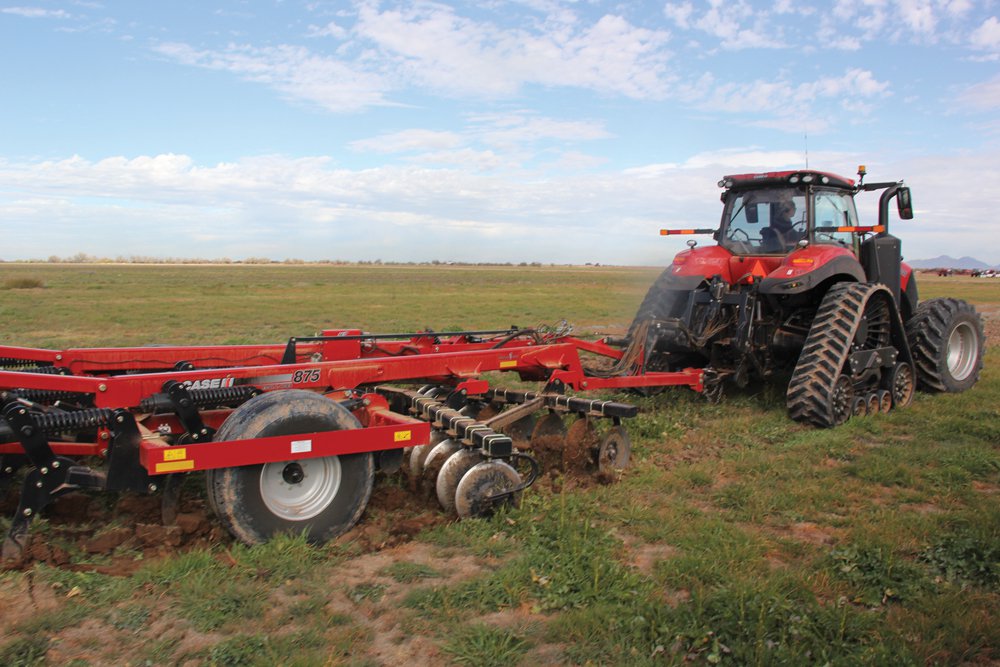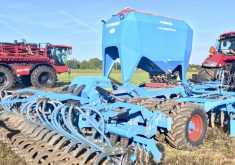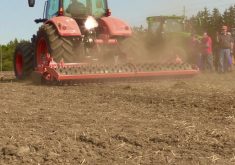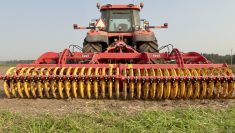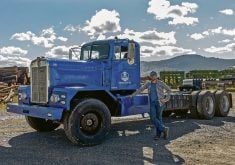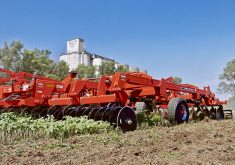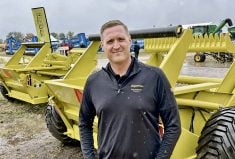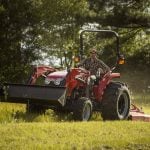To till or not to till, that is the question. The question is simple but the answer isn’t. Ask different people for their opinions and you’ll get a variety of answers. The real answer might be “maybe. But if you do, do it properly.”
Tillage specialists from Case IH said during an Arizona field tour that field scouting and a little effort can help farmers get it right.
A pass over a field with a tillage implement might leave a beautiful looking, manicured surface, but is that all there is to consider? Staff at Case IH say absolutely not.
Read Also
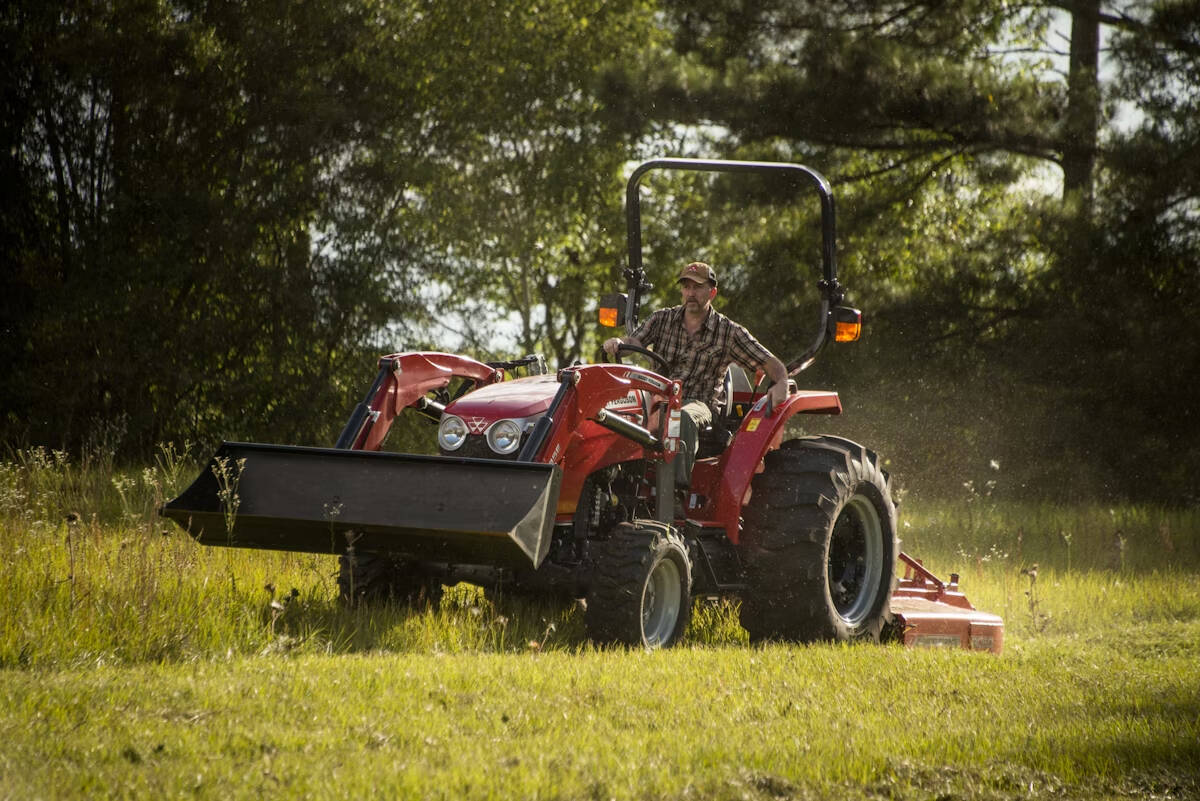
Agco settles legal dispute with TAFE
Agco and Tractors and Farm Equipment (TAFE) from India announced July 1 that they had settled their legal dispute, which began in 2024 over local ownership of the Massey Ferguson brand name and other concerns.
“A lot of times our customers are paying attention to what the soil surface looks like, on top of the ground, to judge their tillage tools,” said CJ Parker, Case IH crop production product specialist. “But we need to see what’s going on underneath, and how we can repair that soil to get the most out of it we can.
“If the soil is compacted, kind of like a brick, and it rains, the moisture runs off and we don’t get any down in the soil profile. But if we think of (non-compacted) soil as a sponge, when it starts raining the soil will be able to capture that water. And it’ll be able to hold it.”
Parker made the statement while standing in a cut out that exposed about 16 inches of the soil profile in an Arizona farm field. He thinks every farmer, no matter where they farm, ought to be digging the same kind of holes to find out what’s going on under the surface. It should be done before a tractor and implement even get to the field.
Soil compaction can exist below even the best-looking, smoothest seedbed. The impact of it could mean lost profit. So, reducing compaction is important, but farmers shouldn’t think that going in with a deep ripper is going to be enough.
“One of the first things we like to do is talk about is the depth of our tillage,” he continued. “How deep do we need to go? Often I ask (customers) how deep would you like to go, and the answer I hear is ‘as deep as the tractor can pull it.’ That’s not necessarily where we need to be.
“To find the compaction layer instead of using a probe, I like to dig a hole. Use a spade and dig a hole about the size of a five-gallon bucket. Clean off the edge, and then use my pocketknife. Start down at the bottom and slowly go up with it until I feel where the resistance really starts to increase. That is where the bottom of the compaction layer is. You can also go down from the top to find out how thick that compaction layer is.”
If a farmer uses only a soil probe, it will find just the top of the layer, leaving uncertainty about where the bottom is. And that information is possibly the most important. It will decide how deep tillage needs to go to efficiently break up that compaction layer without wasting fuel.
“For that return on investment and profitability per acre, just run an inch, inch and a half below,” he said. “It costs fuel and wear and tear to run deeper.”



